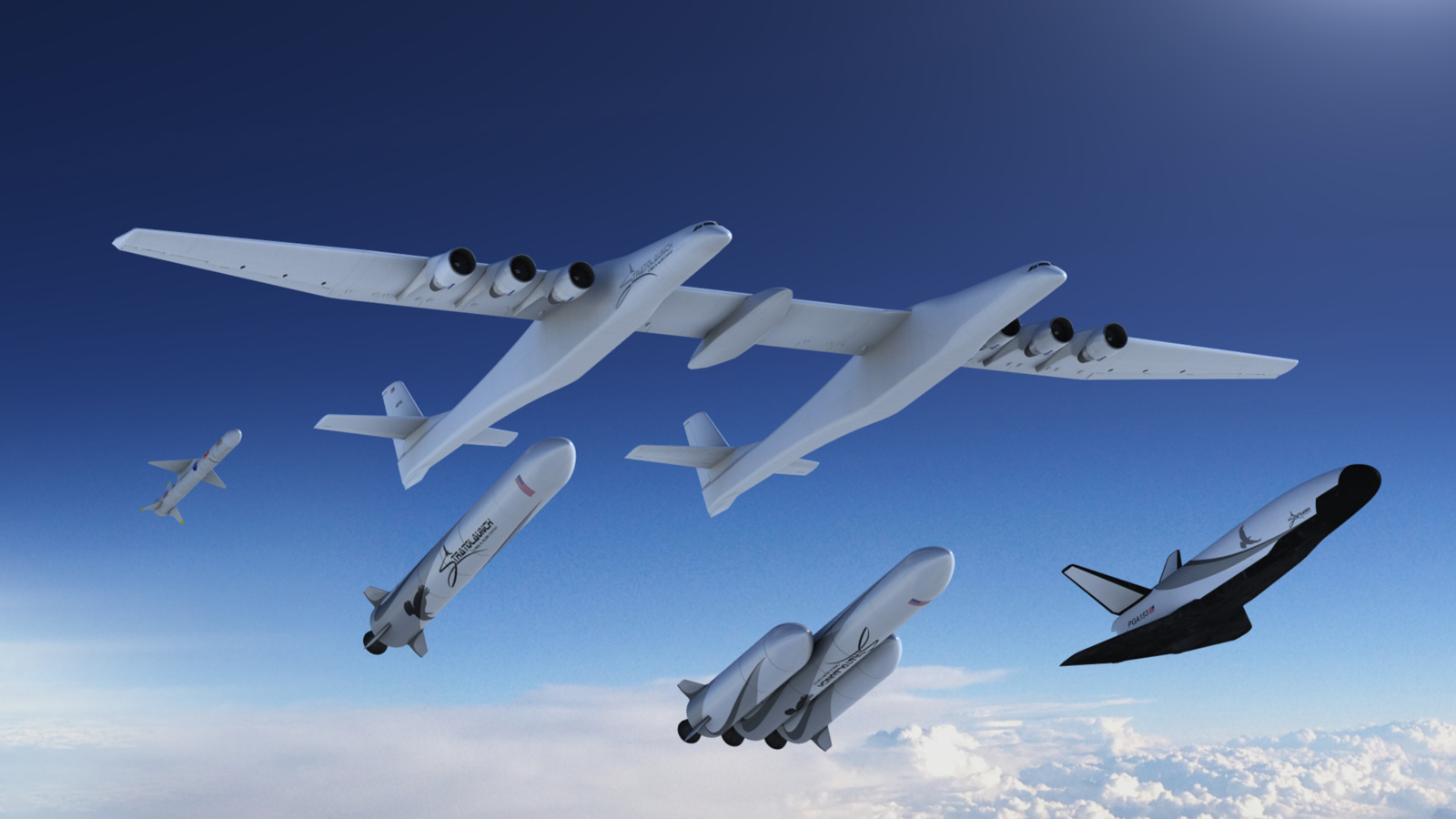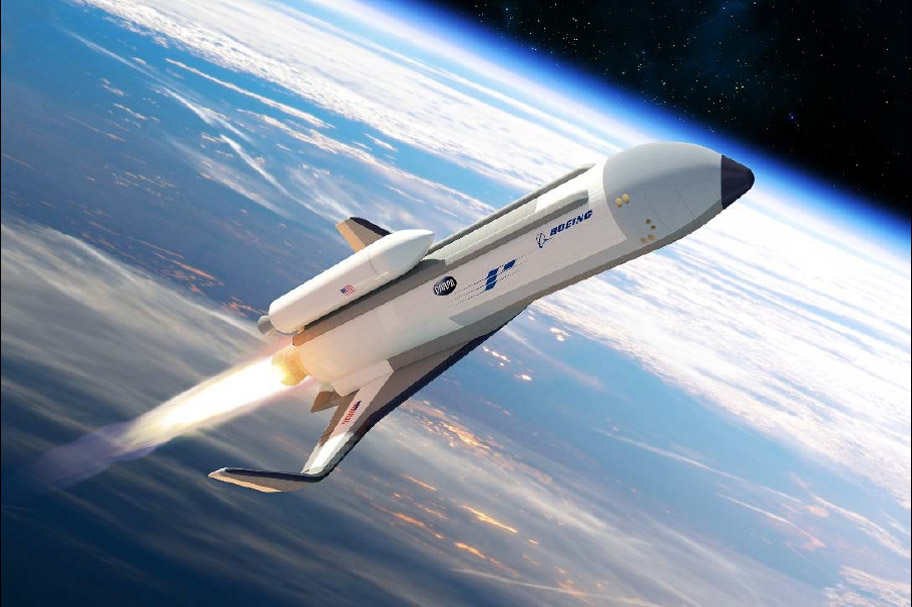
The reusable spacecraft we've seen so far haven't really lived up to their billing: vehicles like the Space Shuttle or SpaceShipTwo require elaborate, expensive launches. If DARPA succeeds with its just-announced XS-1 program, however, spaceflight could be an affordable, everyday occurrence. The agency plans to develop an unmanned spacecraft that requires a minimal ground crew, reaches speeds above Mach 10 and flies at least 10 times in as many days. Provided DARPA meets its goals, XS-1 would both speed up the deployment of small satellites and lower the cost per flight to an "aircraft-like" $5 million or less. Don't count on seeing a ship in action anytime soon, though. DARPA will only receive some of the first design proposals on October 7th, and someone still has to build the winning project -- it will likely be years before XS-1 slips the surly bonds of Earth.
Filed under: Transportation
Comments
Source: DARPA
 Paul Allen's Stratolaunch is only just starting to make serious progress on its massive aircraft, but it's already thinking about its future beyond that enormous machine. The company has unveiled a new family of launch vehicles that can carry a wide...
Paul Allen's Stratolaunch is only just starting to make serious progress on its massive aircraft, but it's already thinking about its future beyond that enormous machine. The company has unveiled a new family of launch vehicles that can carry a wide...
 Paul Allen's Stratolaunch is only just starting to make serious progress on its massive aircraft, but it's already thinking about its future beyond that enormous machine. The company has unveiled a new family of launch vehicles that can carry a wide...
Paul Allen's Stratolaunch is only just starting to make serious progress on its massive aircraft, but it's already thinking about its future beyond that enormous machine. The company has unveiled a new family of launch vehicles that can carry a wide...
 A few years ago, DARPA started work on a new experimental aircraft project called the XS-1, a vehicle designed to make launching satellites a faster, less expensive endeavor. Today, that project just took a huge leap forward: DARPA has announced that...
A few years ago, DARPA started work on a new experimental aircraft project called the XS-1, a vehicle designed to make launching satellites a faster, less expensive endeavor. Today, that project just took a huge leap forward: DARPA has announced that...




